March Avery (b. 1932, New York)
Presented by Larkin Erdmann Gallery, Zurich
Unpretentious and intimate, American artist March Avery’s paintings often depict casual scenes from everyday life. She uses a bright color palette to render simplified forms and figures set within flattened landscapes or domestic settings. Deeply expressive, her vibrant canvases are suffused with a sense of serenity and ease. The daughter of painters Milton Avery and Sally Michel Avery, she was steeped in art and culture from a young age. After her father taught her to paint as a young child, she followed his advice to avoid art school and forged her own path. Now 90 years old, Avery is indefatigable, continuing to paint almost every day in her Greenwich Village studio. On view at Larkin Erdmann Gallery’s booth, will be a series of her paintings of reclining and seated figures from the early 1960s, alongside a striking nude self-portrait.
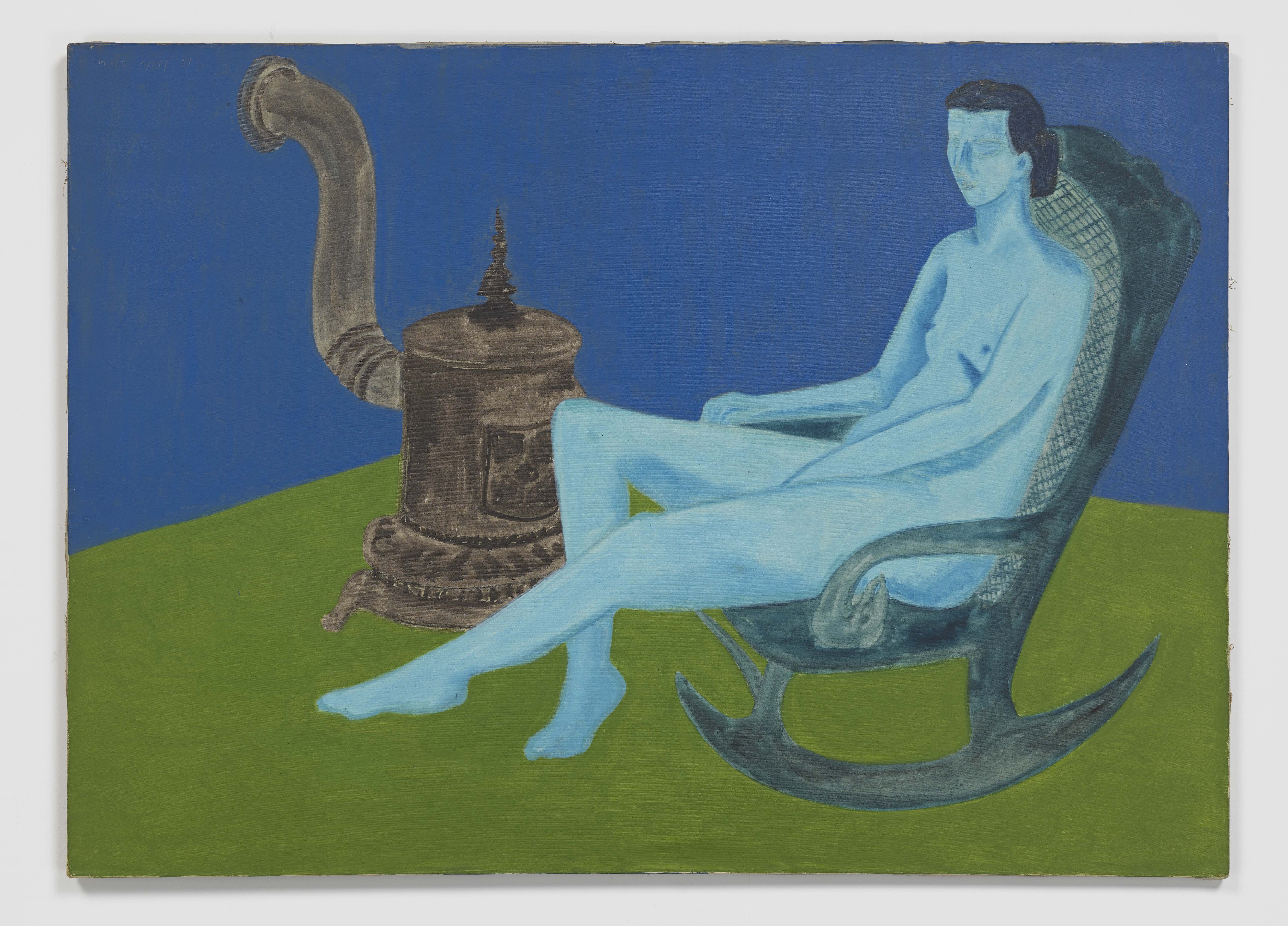
Guillaume Bijl (b. 1946, Antwerp)
Presented by Meredith Rosen Gallery, New York
A wig store, a dog grooming salon, a lamp shop, and a driving school. These are among the many highly convincing yet fictional installations the Belgian artist Guillaume Bijl has created in art spaces across Europe since the early 1980s. His playful interventions – created with realistic signage and decor – have not only bewildered visitors but also attracted unsuspecting passersby. By interjecting elements of retail environments into the unlikely context of galleries and institutions, he not only disorientates viewers, but also turns them into unwitting actors in his critique of consumer culture. In Miami this year, Bijl will restage Casino, an historic work he originally showed in a museum in Ghent in 1984. Meredith Rosen Gallery’s booth will transform into a dimly-lit, carpeted gambling den complete with the stench of alcohol and cigarettes. Seen within the context of the fair, the installation raises questions about greed, desire, and the fickle nature of the art market.
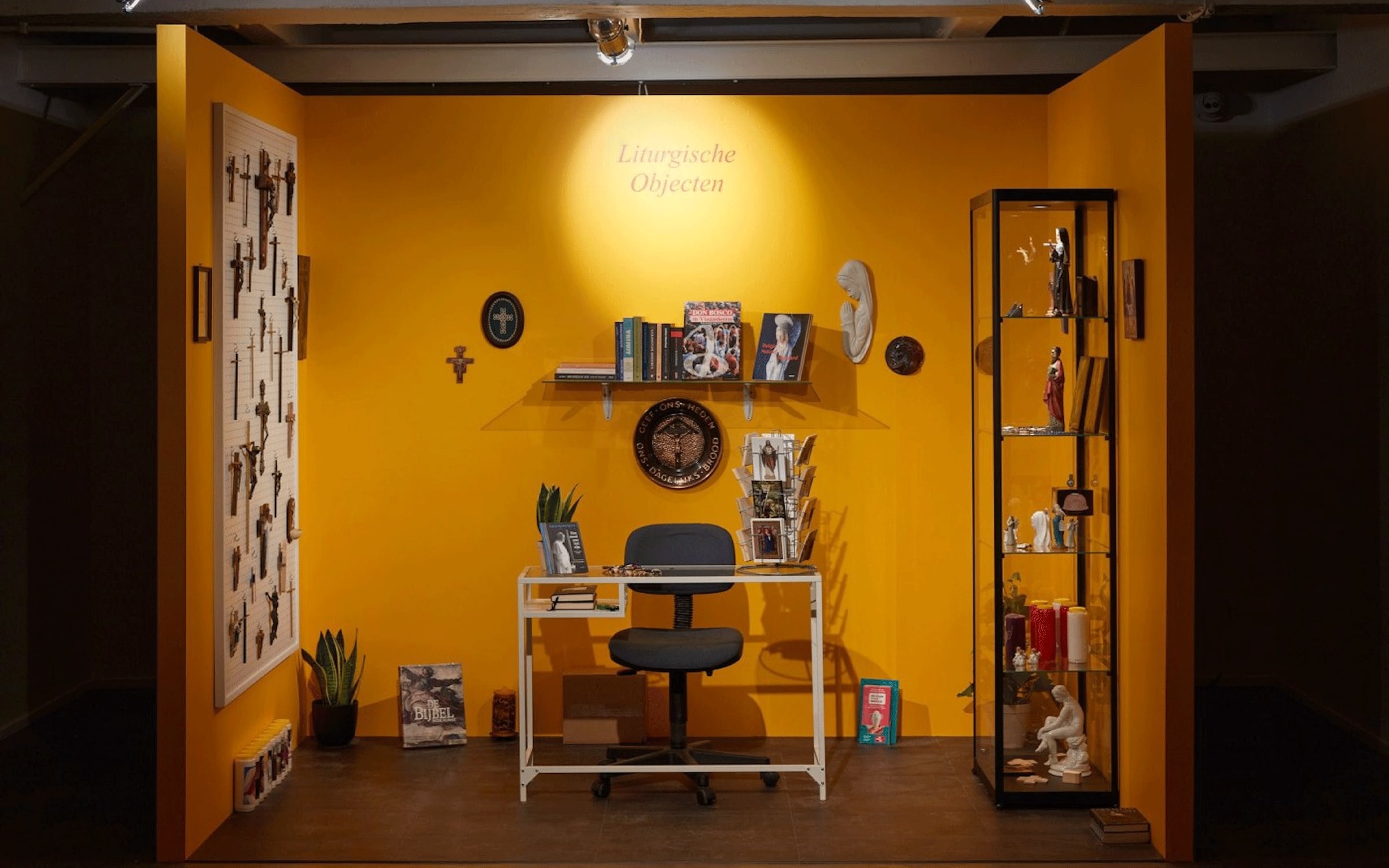
Aurèlia Muñoz (1926–2011, Barcelona)
Presented by José de la Mano, Madrid
The late Catalan artist Aurèlia Muñoz is one of the key figures to emerge from the fiber art movement in the latter half of the 20th century. Early in her career, Muñoz created flat patchwork and embroidered compositions, but after discovering macramé, her knotted creations soon broke loose from the wall. She began to experiment with fluid, freestanding sculptures, often encased by Perspex boxes, and gradually started working on a monumental scale. Her inspiration came from sources spanning the natural world to traditional Spanish Baroque clothing. Combining knowledge of ancient knotting traditions with her own distinct approach, she manipulated vegetable fibers – including jute, wool, cotton, and sisal string – to create an arresting body of work. José de la Mano’s booth will come alive with her large-scale wall hangings as well as experimental paper installations suspended from the ceiling.

Barbara Ess (1948–2021, New York)
Presented by Magenta Plains, New York
After spending the early years of her career experimenting with film and music, the late American artist Barbara Ess chanced upon an article in the New York Times in 1983, about pinhole cameras – a lenseless camera often made of cardboard, pierced with a tiny aperture. She followed a diagram in the paper and built her own, quickly becoming fascinated with the possibilities it afforded to blur and distort images. For Ess, the pinhole camera almost became an extension of her inner consciousness, allowing her to conjure mysterious, fugitive images that brought to life states of liminality, ambiguity, and confusion. As she once said, ‘I think of my work as an investigation and it’s always concerned with the same question: Exactly what is the true nature of reality?’ The booth of Magenta Plains will showcase a series of her haunting large-scale prints from the 1980s and 1990s depicting a variety of subjects, from a forlorn sunflower to an eerie-looking row of houses.
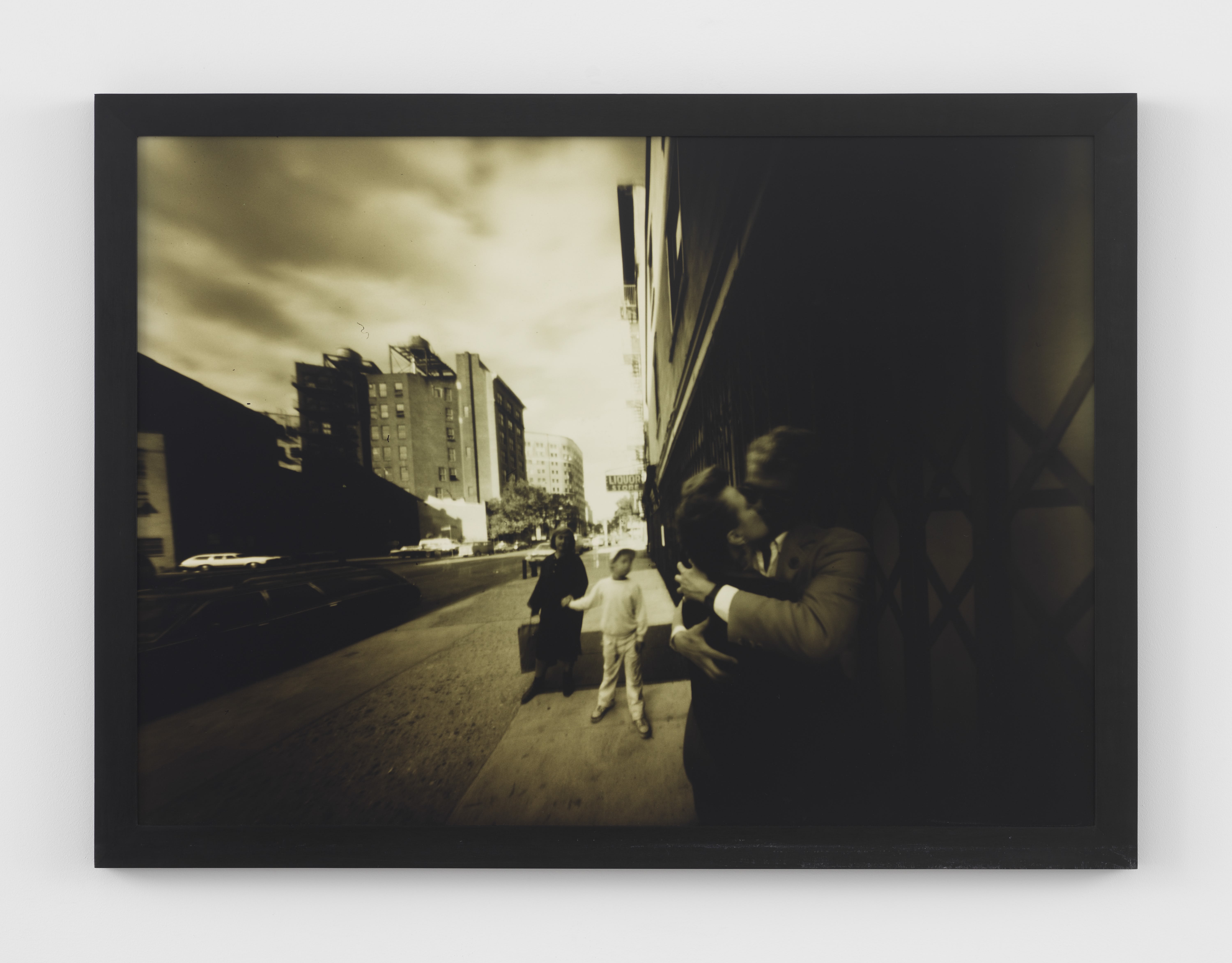
Agustín Cárdenas (1927–2001, Matanzas, Cuba)
Presented by Galerie Mitterrand, Paris
Cuban sculptor Agustín Cárdenas is known for his sinuous, totemic sculptures depicting the human form. After completing his studies in Havana in the late 1940s, he moved to Paris in 1955; there he befriended the poet André Breton and became part of his Surrealist circle. Along with Surrealism, his practice was deeply influenced by African carvings and the work of Henry Moore and Constantin Brâncuși. Like Moore, Cárdenas’s sensuous sculptures made from bronze and wood are shaped as much by solid masses as carefully formed negative space and hollows. French poet Édouard Glissant once described his work as ‘sculpture which does not merely fill up space, but trembles with it.’ Galerie Mitterrand will show a series of his historic works from the 1950s and 1960s, including a striking burnt-wood sculpture inspired by his African roots.
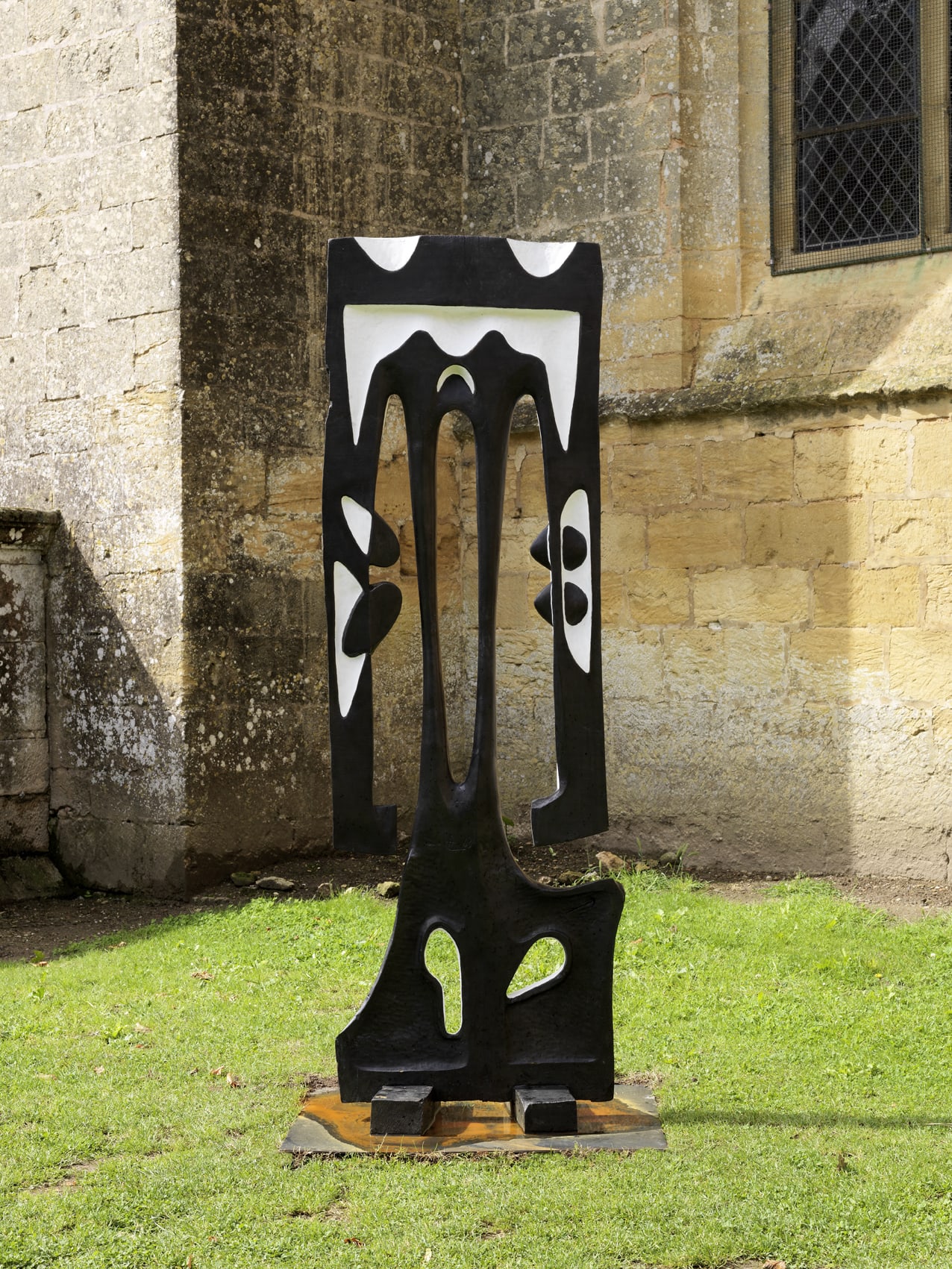
Milford Graves (1941–2021, New York)
Presented by Fridman Gallery, New York
While the late American drummer Milford Graves was celebrated as a pioneer of free jazz in the 1960s, the breadth of his artistic practice has only recently come to light. The polymath percussionist was also a painter, sculptor, self-taught healer, herbalist, and martial artist – ‘basically a 20th-century shaman,’ as the fellow musician John Zorn once called him. Throughout his career, Graves was fascinated by the human heartbeat and the healing capacity of music. He made paintings using the vibrations of heartbeats by placing a palette of paint between two surfaces and using a transducer to play the rhythmic sounds in order to create movement resulting in unique mark making. Fridman Gallery’s booth offers a glimpse of his multifaceted oeuvre with pieces ranging from a three-channel video work showing him practicing Yara – a martial art form which he invented, based on West African dance movements – to a colorful installation made of painted found objects from his dojo.
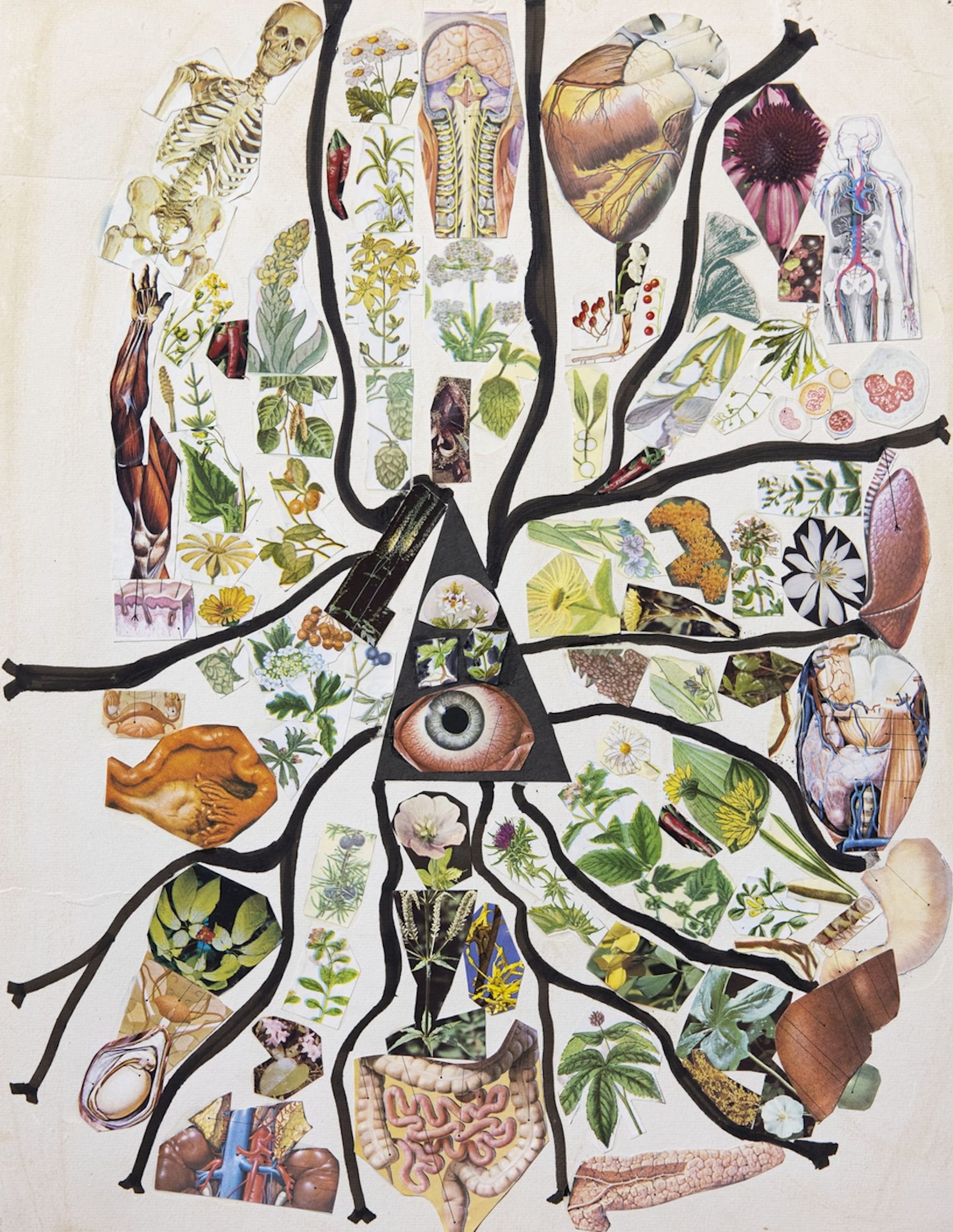
Payal Uttam is an independent writer and editor who divides her time between Hong Kong and Singapore. She contributes to a range of publications including Artsy, The Art Newspaper, South China Morning Post and The Wall Street Journal.
Top image: Aurèlia Muñoz,Tridacna (detail), 1973. Courtesy of the artist's estate and José de la Mano.